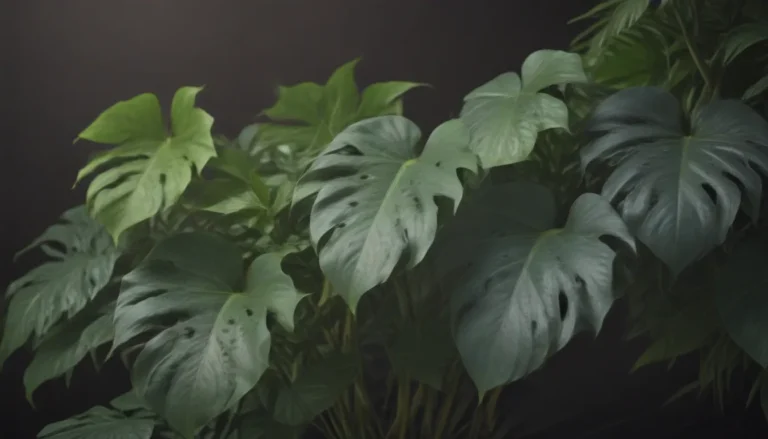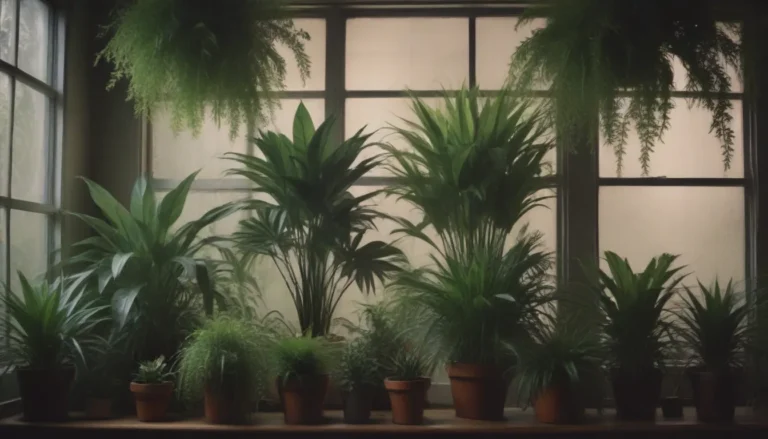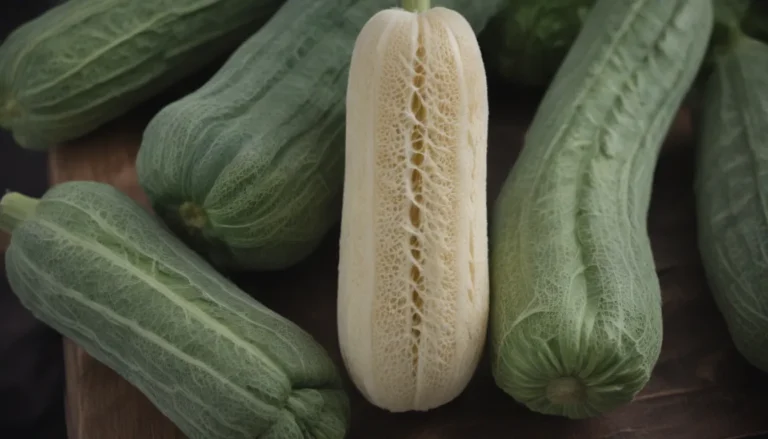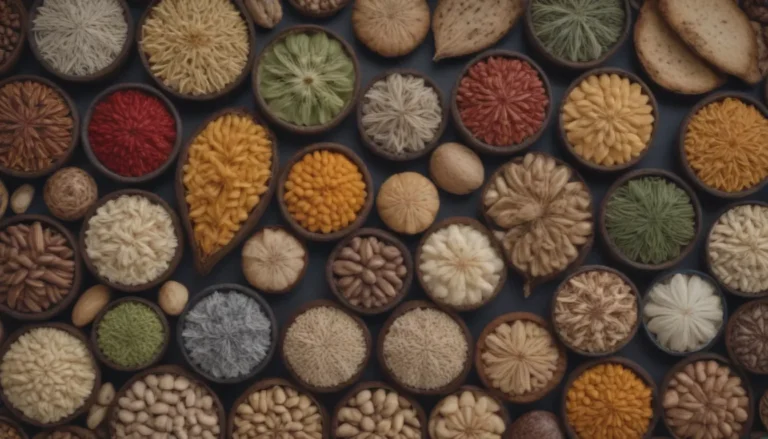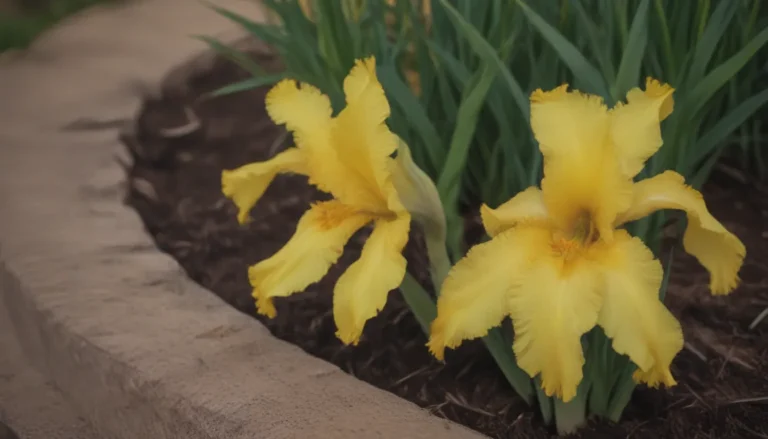Ultimate Guide to Growing and Caring for Thai Constellation Monstera Like a Pro
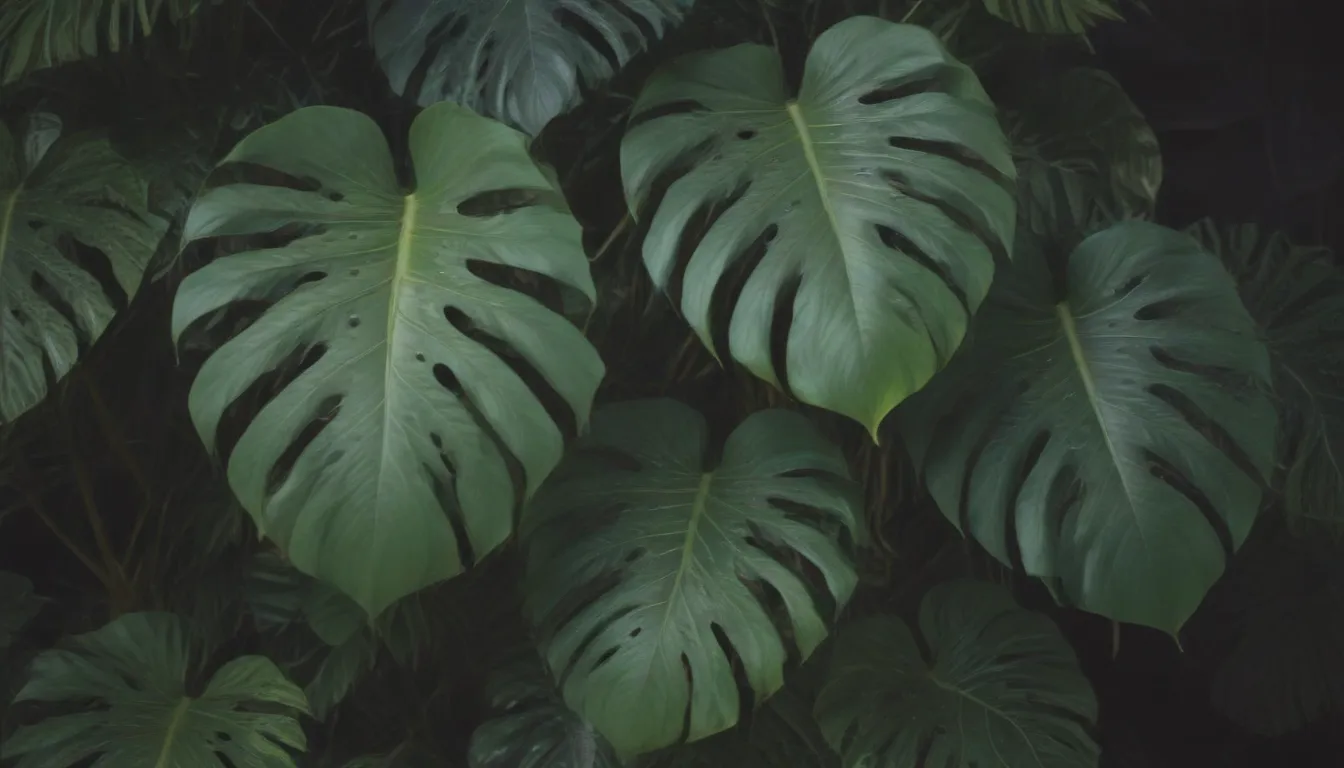
If you’re looking to add a touch of elegance to your indoor garden, the Thai constellation monstera is the plant for you. Known for its variegated leaves that resemble a beautiful constellation, this rare cultivar of monstera deliciosa is sure to make a statement in any space. While it was once considered a luxury plant with a hefty price tag, mass production has made it more accessible to plant enthusiasts everywhere.
In this ultimate guide, we’ll walk you through everything you need to know about growing and caring for the Thai constellation monstera. From light requirements to pest management, we’ve got you covered. So let’s dive in and learn how to become a pro in the world of Thai constellation monstera care!
Thai Constellation Monstera Care Tips
Here are the basic requirements for growing a Thai constellation monstera like a pro:
Light
Just like its common counterpart, the Thai constellation monstera thrives in bright, indirect light. Position your plant near an east-facing window or utilize sheer curtains to filter out harsh sunlight from south- or west-facing windows. Avoid direct sunlight as it can scorch the variegated leaves and lead to damage. If natural light is scarce, consider using grow lights to provide the necessary light levels for your plant.
Soil
Choosing the right soil mix is essential for the health of your Thai constellation monstera. Opt for a loose, well-draining mix rich in organic materials. A premade soil mix for aroids works well, or you can create your own blend using equal parts perlite, orchid bark or coco coir, and indoor potting soil.
Water
Proper watering is key to keeping your Thai constellation monstera happy and healthy. While it is less drought-tolerant than the common monstera deliciosa, overwatering can lead to root rot. Allow the soil to dry out partially between waterings and water thoroughly, ensuring excess water drains from the pot’s holes. The frequency of watering will depend on factors like light exposure, temperature, and humidity levels in your space.
Temperature and Humidity
Maintaining warm temperatures and moderate humidity levels is crucial for the Thai constellation monstera’s well-being. Keep your plant in a temperature range of 68 to 86 degrees Fahrenheit and avoid excessively dry environments. If extra humidity is needed, consider using a small humidifier or placing your plant in a naturally humid room like a bathroom or kitchen.
Fertilizer
During the active growing season in spring and summer, fertilize your Thai constellation monstera monthly with a balanced liquid houseplant fertilizer. Cease fertilization once fall and winter arrive to support healthy growth cycles.
Propagating Thai Constellation Monstera
While propagating a Thai constellation monstera may take time and patience, it is a rewarding process. Keep in mind that variegated growth is not guaranteed in new propagations, so there’s a level of uncertainty involved. If you’re up for the challenge, here are the steps to follow:
- Take stem cuttings: Snip a healthy stem from your plant, ensuring it has at least one node.
- Root in water or soil: Place the cutting in water or a well-draining soil mix until roots develop.
- Wait patiently: Thai constellation monstera propagation is a slow process, so give your cutting time to establish itself.
Potting and Repotting Thai Constellation Monstera
These plants thrive in smaller containers and require repotting only when necessary. If you notice poor soil quality or excessive moisture in your plant’s current pot, consider repotting into a more suitable container. Otherwise, aim to repot every few years or when roots outgrow the pot and drainage holes.
Common Pests and Plant Diseases
While the Thai constellation monstera is relatively resilient to pests, issues like mealybugs, spider mites, and thrips can still occur. Isolate affected plants and treat with insecticide as needed. Guard against root rot by avoiding overwatering, which can lead to mushy stems and drooping foliage. If root rot is detected, trim affected roots and repot if necessary.
Troubleshooting Common Problems
Even with proper care, you may encounter issues with your Thai constellation monstera. Here are some common problems and how to address them:
Brown Leaves
Rapidly browning leaves may indicate underwatering, dry conditions, or insufficient sunlight. Crispy brown spots or edges are often a sign of leaf burn or low humidity levels.
Yellow Leaves
Yellowing leaves could result from underwatering, poor lighting, overwatering, or nutrient deficiencies. Assess your plant’s environment to determine the cause.
Variegation Turning Brown
Highly variegated leaves may turn brown due to transport stress when first bringing your plant home. Provide extra humidity during this adjustment period to protect delicate leaves.
Conclusion
In conclusion, the Thai constellation monstera is a mesmerizing addition to any plant collection. With proper care and attention to its specific needs, you can enjoy the beauty of its variegated foliage for years to come. Remember to provide ample light, well-draining soil, appropriate watering, and a warm, humid environment to keep your Thai constellation thriving.
By following these tips and tricks, you can grow and care for your Thai constellation monstera like a pro. So, whether you’re a novice plant parent or a seasoned green thumb, give this stunning cultivar a try and enjoy the rewards of nurturing such a unique and elegant plant. Happy growing!
References: University of California, Davis. ASPCA.
